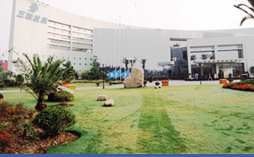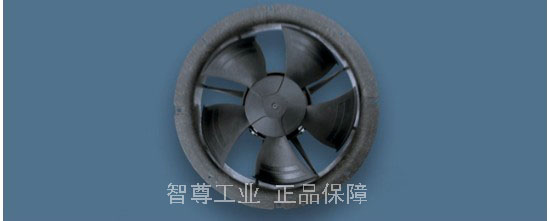Energy-saving fans made of "epylen" wood/plastic composite material
For many years, ebm-papst has been developing and producing energy saving fans for a wide variety of application areas in ventilation, air-conditioning and refrigeration technology. Efficient motor designs and aerodynamically optimised impeller geometries allow these fans to attain high efficiency.
In terms of manufacturing materials, for a few years now, increasing use has been made of hybrid designs (e.g. aluminium inlay combined with high-performance plastic). The new materials are more lightweight, mouldable and conserve substantially more resources in manufacture than impellers/blades made of die-cast aluminium.
"epylen", the new wood/plastic composite material from ebm-papst.To attain additional energy savings during production, for the first time, energy-saving fans made of "epylen", a wood/plastic composite material have been developed, an absolute innovation in the fan area. In doing so, cautious use has been made of the available resources, i.e. ever smaller amounts of non-renewable resources are used and from these, high-quality and durable products are produced. A wide variety of requirements exist for the raw materials themselves. They are to be not only renewable, but also produced in an environmentally responsible manner, thus without using fertilisers or pesticides, and wherever possible in mixed crops and small production units. Preference is given to plants that do not compete with food production, such as wood from sustainably forested domestic forests. In addition to the requirements for production of raw materials, the materials must fulfil a wide variety of requirements in subsequent processing and in the end product. Particularly, we point out high temperature stability and properties such as very low shrinkage and warping. Relevant features for later use are the mechanical strength, temperature and media resistance (e.g. water, oils, dirt, grease etc.); in addition, the good dampening behaviour has a positive effect on the noise level.
ebm-papst's goal is to replace the 15% of the plastics used today with sustainable biomaterials by 2015. Using materials in a way that conserves resources makes it possible to prevent substantial amounts of CO2 emissions even during manufacturing. |





